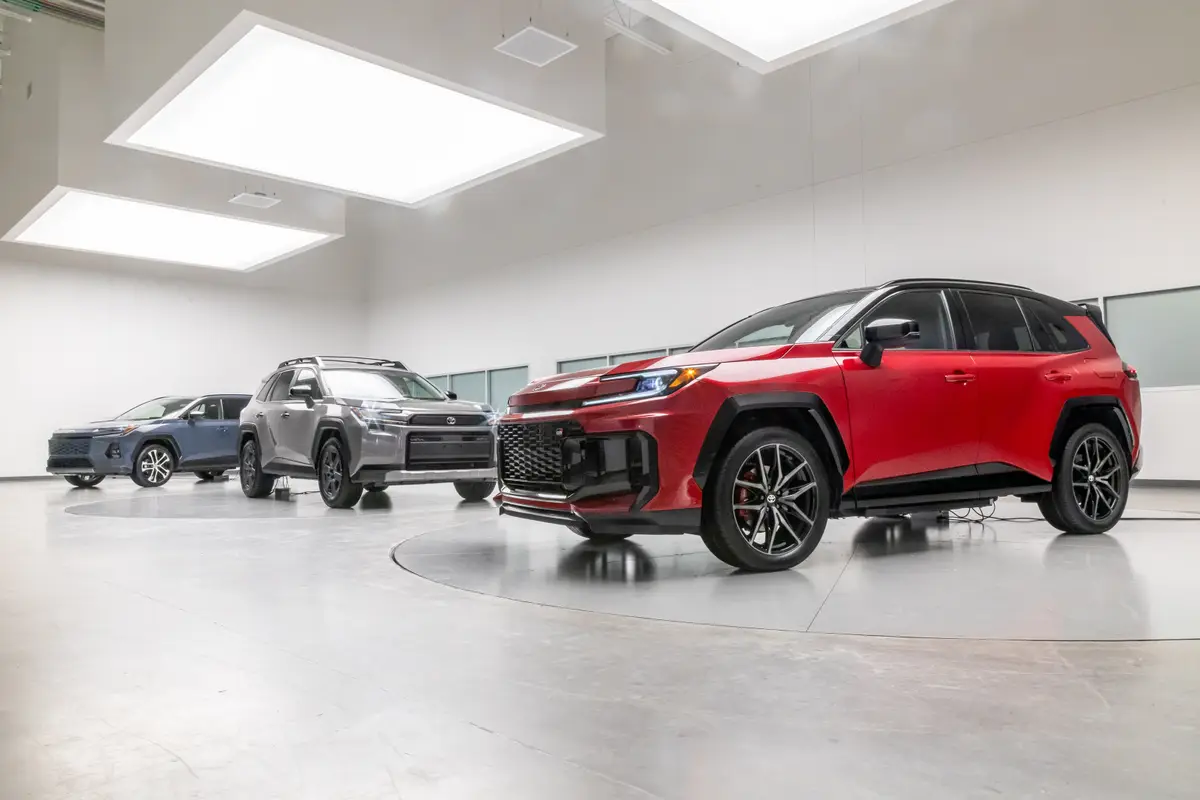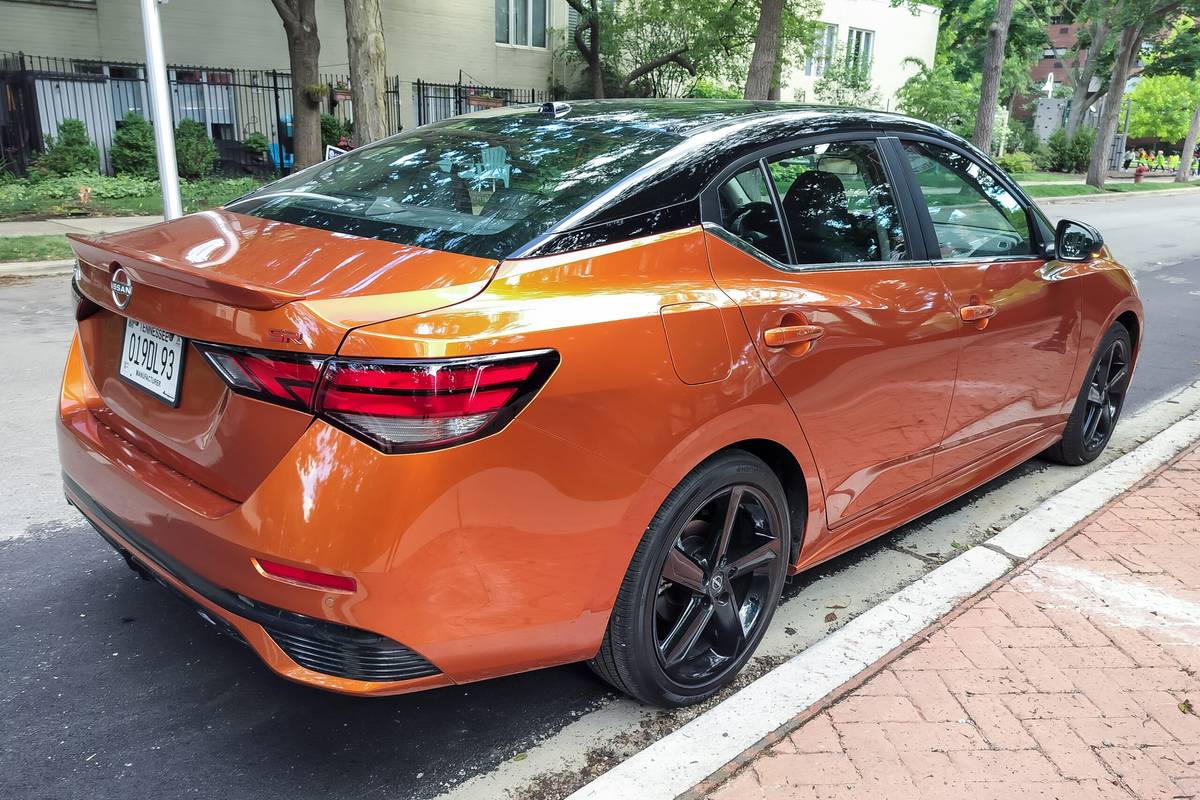Niche Cars a Success Despite Lower Volumes
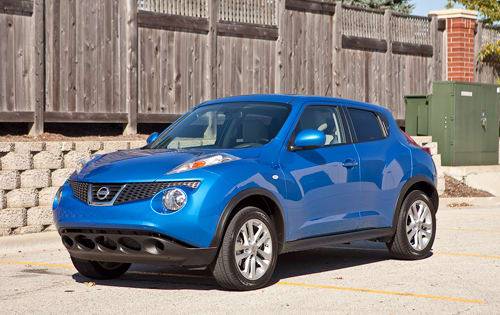
One such vehicle that dangerously toed the line when introduced was the Nissan Juke. Thought by many to be too crazy looking on the outside and too cramped inside, Nissan cast the Juke as an alternative crossover that it hoped would pull in buyers bored with the traditional Rogue crossover and Sentra compact sedan.
In 2011, 35,886 Jukes were sold. That’s a miserable-sounding total when you consider Nissan sold 124,543 Rogues last year, but it was an unexpectedly fine performance from a car that is so peculiar. The Juke outsold the Mini Countryman and Mitsubishi Outlander Sport combined in 2011.
The tide has turned away from the Juke lately, however. Sales fell 26% in November 2011, 4% in December and 25% in January 2012. The Juke went on sale in November 2010.
It’s not as though Nissan is struggling to sell SUVs and crossovers. The Xterra, Pathfinder, Armada, Rogue and Murano all reported year-over-year gains in January.
The more recently introduced Hyundai Veloster struck a chord with buyers who have been yearning for an alternative to the staid Scion tC coupe. Although the Veloster’s body of work is small, a look through its portfolio shows that January was its lowest-volume month since September when it first went on sale. Admittedly, the size of the U.S. market dropped 27% from December to January, so the Veloster’s 23% plunge during the same period should perhaps be no cause for concern.
More importantly, news of the coming turbocharged Veloster will cause many enthusiasts to pause when considering the current underpowered car. Of Hyundai’s January sales total, 4% can be attributed to the Veloster. Scion tC sales were 384 units weaker in the first month of 2012.
Selling unique-looking sporty coupes — or sporty three/four-doors, as in the Veloster’s case — isn’t a task for the fainthearted. Honda auditioned hybrid ideas when developing a plan that resulted in the CR-Z, a car that wasn’t as wholly inspired by the old CRX as observers first thought. It hasn’t been surprising that CR-Z sales have tanked since the Japanese earthquake and tsunami of March 2011, but CR-Z sales were never particularly strong. This two-seat hybrid hatch’s best sales month — April 2011 at 1,819 units — was the only time the CR-Z eclipsed the Veloster’s worst full sales month, the Hyundai’s 1,693-unit January.
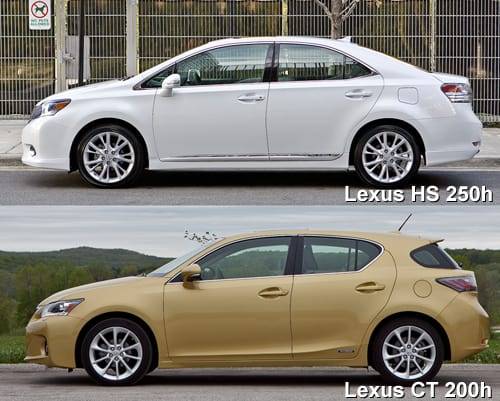
The niche hybrid sub-segment is tricky to navigate. While the mainstream Toyota Prius was the 12th-best-selling car in January, over at Lexus, the HS 250h can be considered a bomb. It sold 13,527 units in all of 2010 and 2011; the Prius sold 11,555 in January. But the apples-to-apples comparison would be the Lexus CT 200h, a sub-$30K hybrid hatchback.
Lexus should consider the 1,025 CTs sold in January a big success. That’s more than the combined total of Audi’s A3 and BMW’s 1 Series.
There’s clearly money to be made filling out a model range with these niche vehicles that sell rarely but can gain loyal customers. Otherwise, why would automakers bother building cars they acknowledge will never end up on a best-seller list? Tom Cruise may make the movie poster, but would movies like “The Princess Bride” have been as memorable without Wallace Shawn? Or the 139 other movies and TV shows he’s been in since? Cruise has been in just 37.
Tim Cain is a contributing writer for Cars.com and the editor-in-chief of Good Car Bad Car, a site that analyzes both U.S. and Canadian car sales.
Featured stories
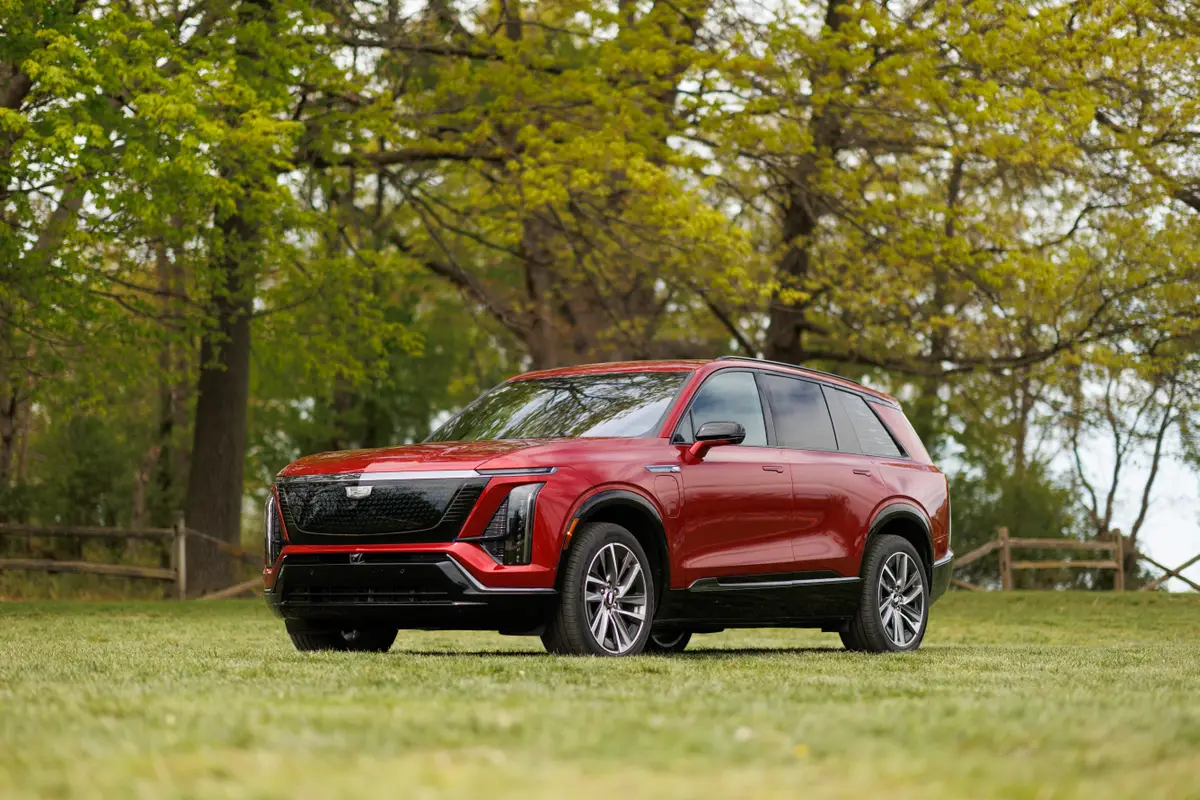
2026 Cadillac Vistiq Review: Luxuriously Normal

